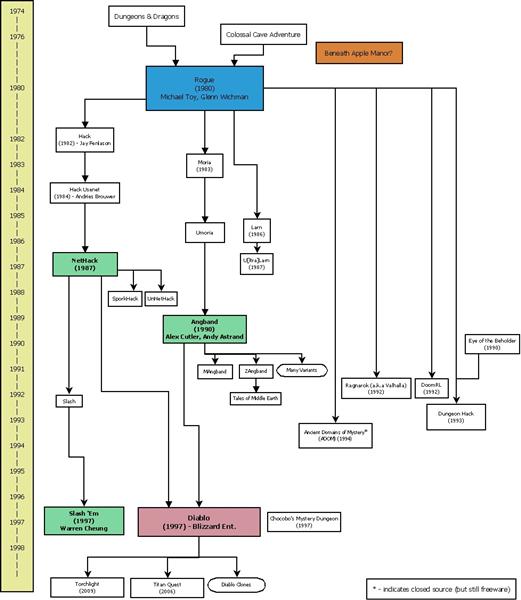I was playing Skyrim the other day and and interesting game mechanic occurred to me. Skyrim has instances of this mechanic, but Minecraft makes great use of it…
Imagine you’re playing Skyrim, and you have decide to take up archery. So you get a bow and a number of arrows. You then find a practice dummy, and fire a handful of practice shots. Every arrow you shoot can be found again and picked up. And it brings me great joy to do so.
It is truly pleasing to be able to go an fetch an arrow I’ve shot. It is an incredibly simple thing, but it’s quite possibly my favorite activity when playing Skyrim. Perhaps it’s because it’s relatively uncommon for this “Conservation of Mass” feature to exist in a game.
The results when adventuring in Skyrim are disappointing, unfortunately. Arrows you shoot into your enemies are not guaranteed to be picked up. Each time I kill a monster with one shot – something requiring some skill – I run up to the fresh corpse for my loot, and discover that apparently my shot was so good that the arrow disintegrated upon striking the target. sad… 🙁
Minecraft has a similar issue with arrows, but the bigger part of the gameplay – the building – is all about conservation of mass. The world you see when you enter the game, for the most part, will be completely conserved as you play the game. You can pick up the ground, the water, and the trees. That delightful “pop” as the world is converted from mass to inventory, and that “thump” as it is returned — cocaine.
The human in me is satisfied by a world that behaves this way. It’s comforting to know that I could move that mountain if I wanted to.
hmm… I’ve been playing a lot of Skyrim lately, but now I want to play Minecraft…
